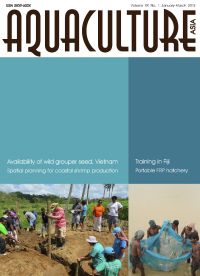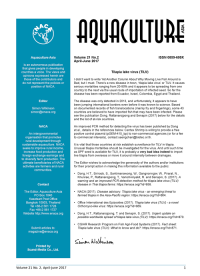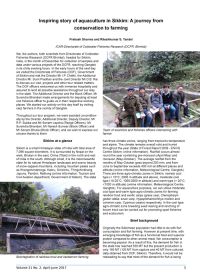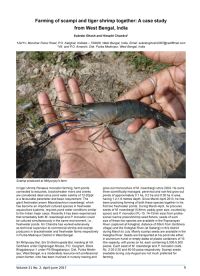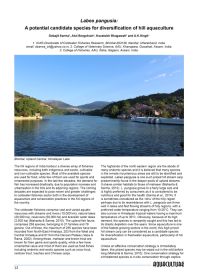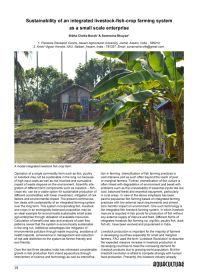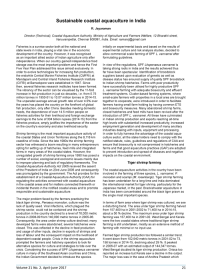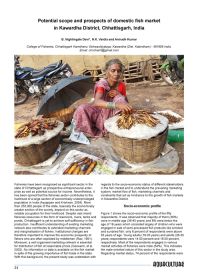Aquaculture Asia Magazine, April-June 2017
7 June 2017 | 20146 views | .pdf | 17.71 MB | Better management practices, Freshwater finfish, Freshwater prawns, Gender, Governance and Policy, Hatchery and nursery, Health and Biosecurity, India, Inland aquaculture, Livelihoods, gender and social issues, Markets and trade, Nutrition and feeding, Shrimp, Stock enhancement, Environment and Sustainability
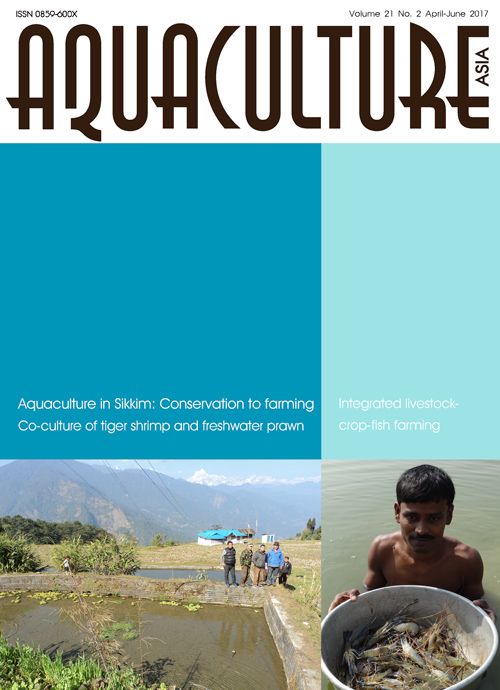
- Editorial: Tilapia lake virus (TiLV).
Simon Wilkinson - Inspiring story of aquaculture in Sikkim: A journey from conservation to farming.
Prakash Sharma and Riteshkumar S. Tandel. - Farming of scampi and tiger shrimp together: A case study from West Bengal, India.
Subrato Ghosh and Himadri Chandra - Labeo pangusia: A potential candidate species for diversification of hill aquaculture.
Debajit Sarma, Atul Borgohain, Kusubh Bhagawati and A.K. Singh - Sustainability of an integrated livestock-fish-crop farming system as a small scale enterprise.
Bibha Chetia Borah and Sonmoina Bhuyan - Sustainable coastal aquaculture in India.
R. Jayaraman - Potential scope and prospects of domestic fish market in Kawardha District, Chhattisgarh, India.
B. Nightingale Devi, H.K. Varida and Anirudh Kumar
Creative Commons Attribution.
